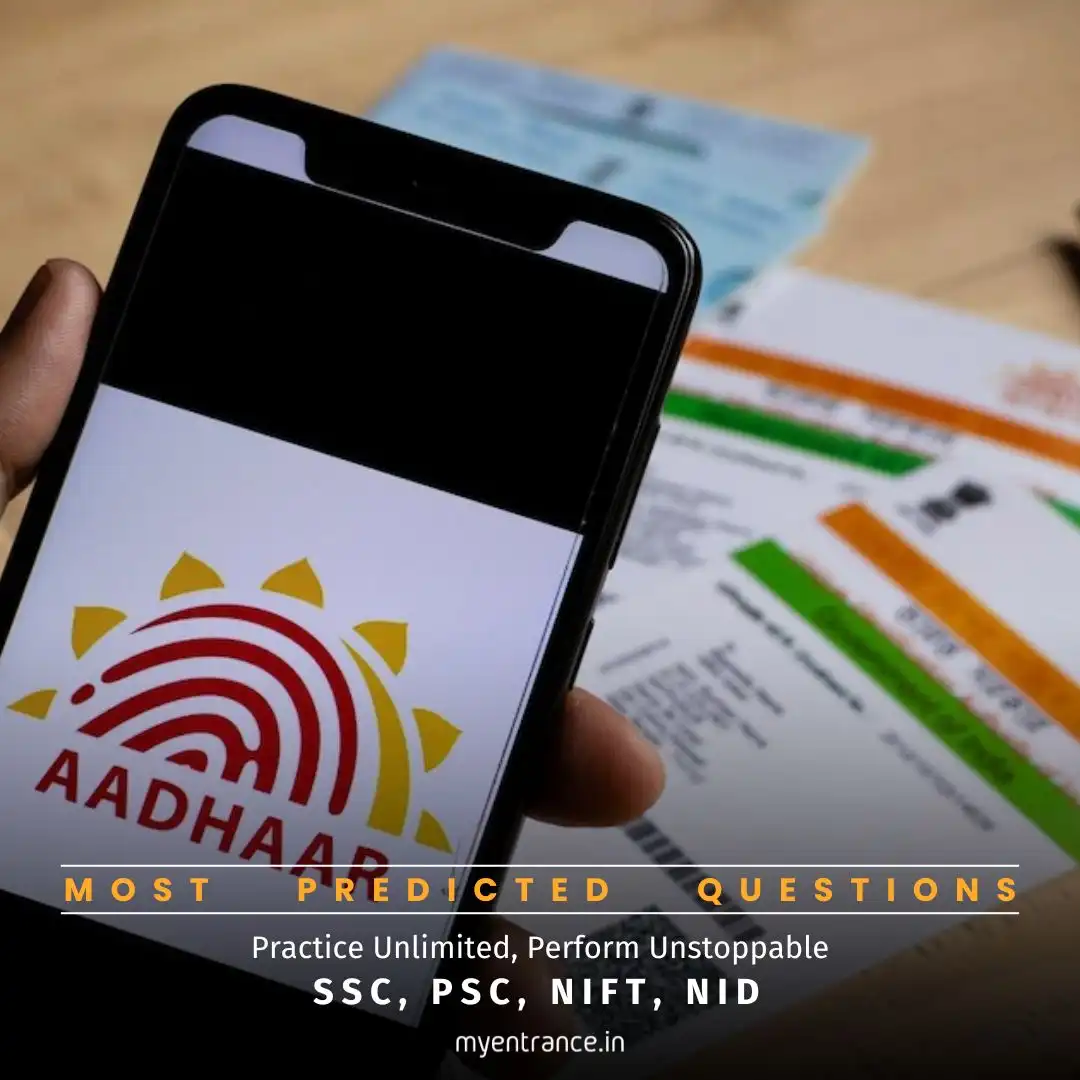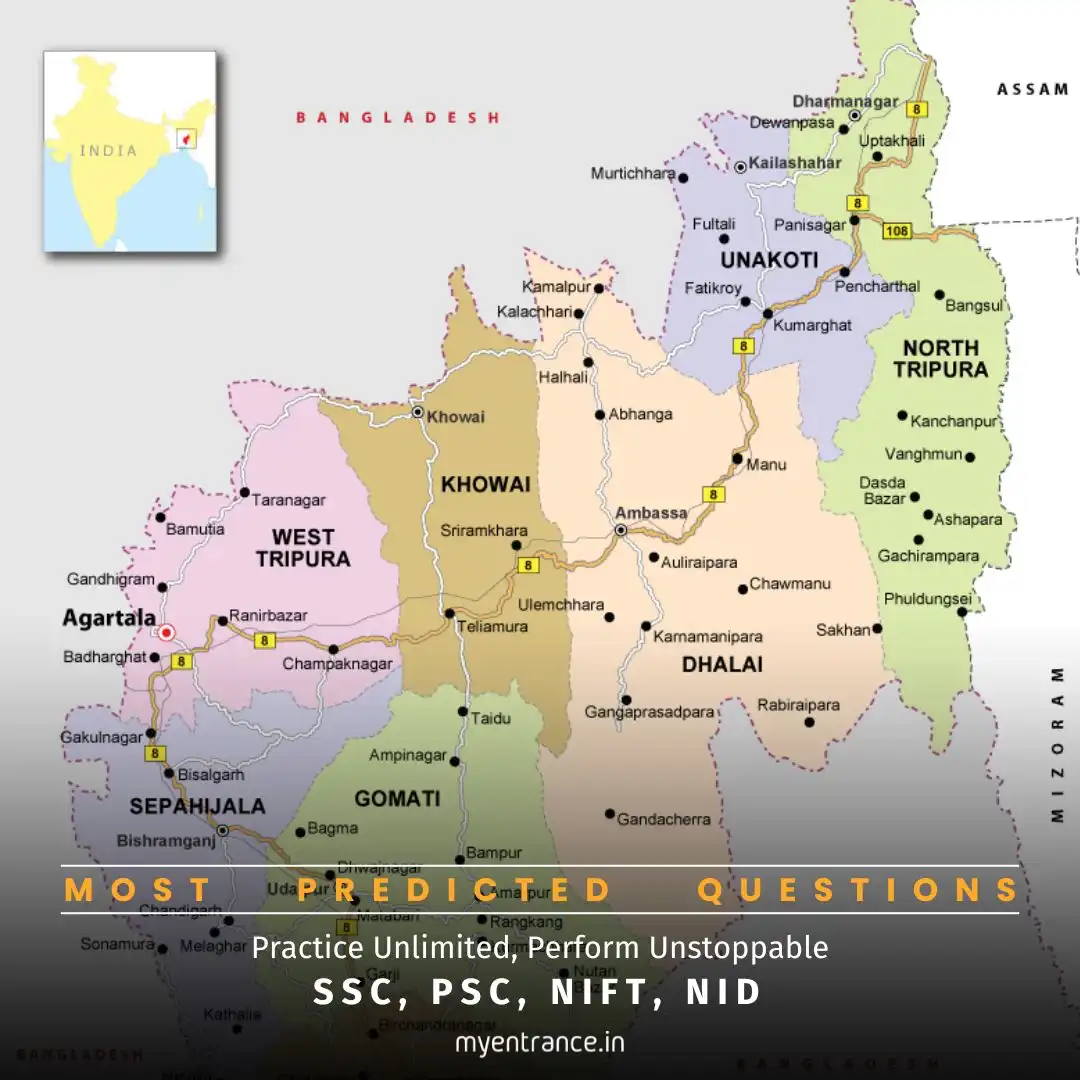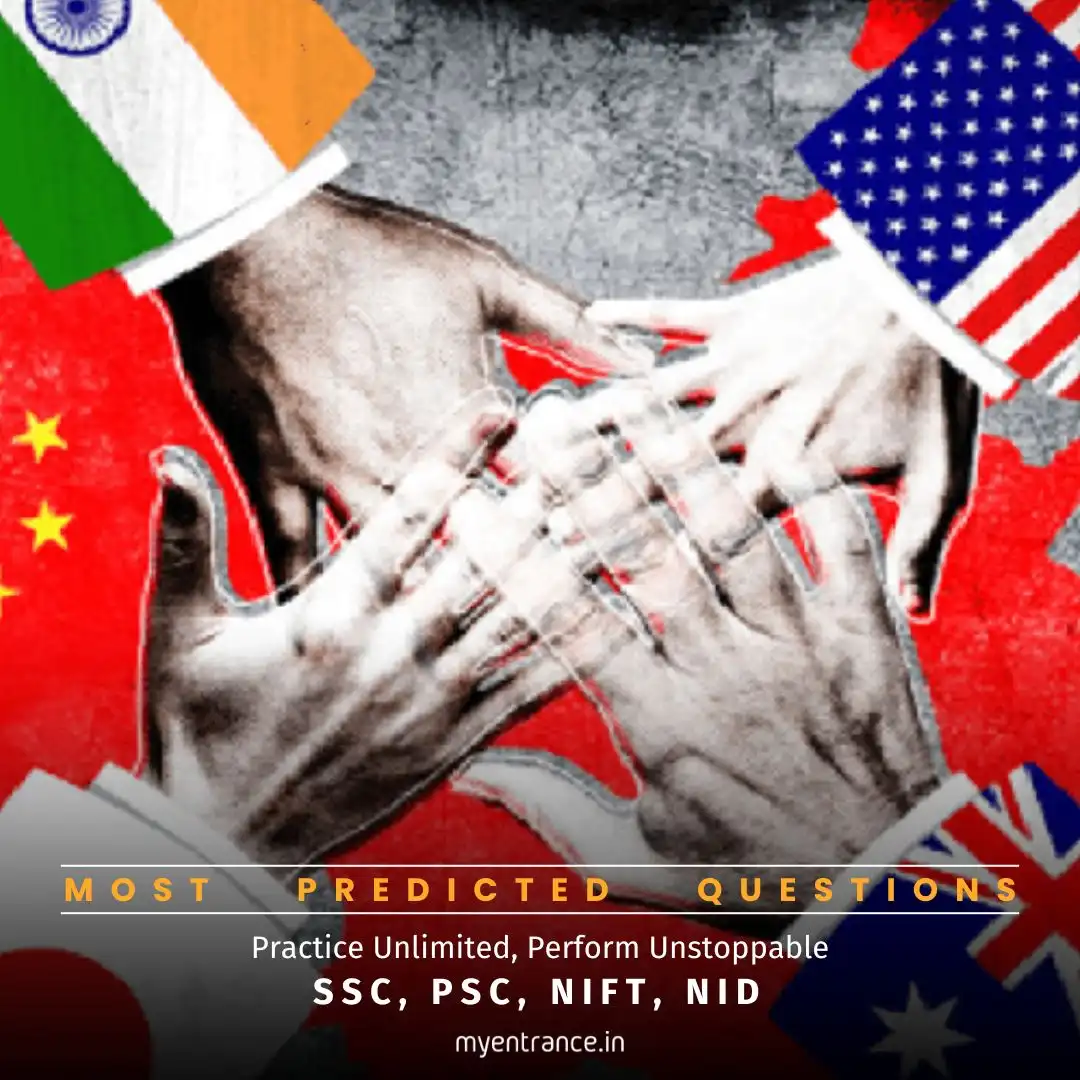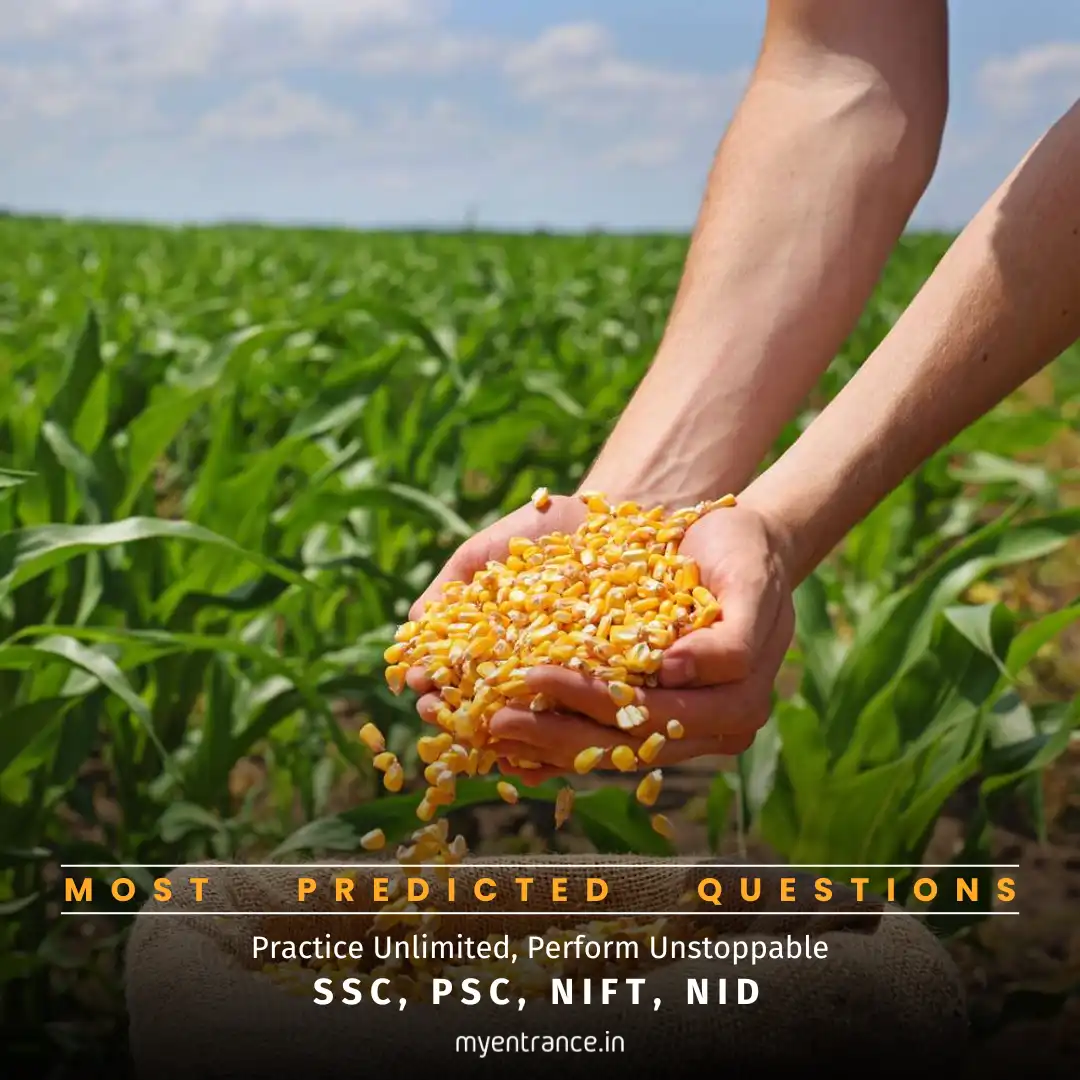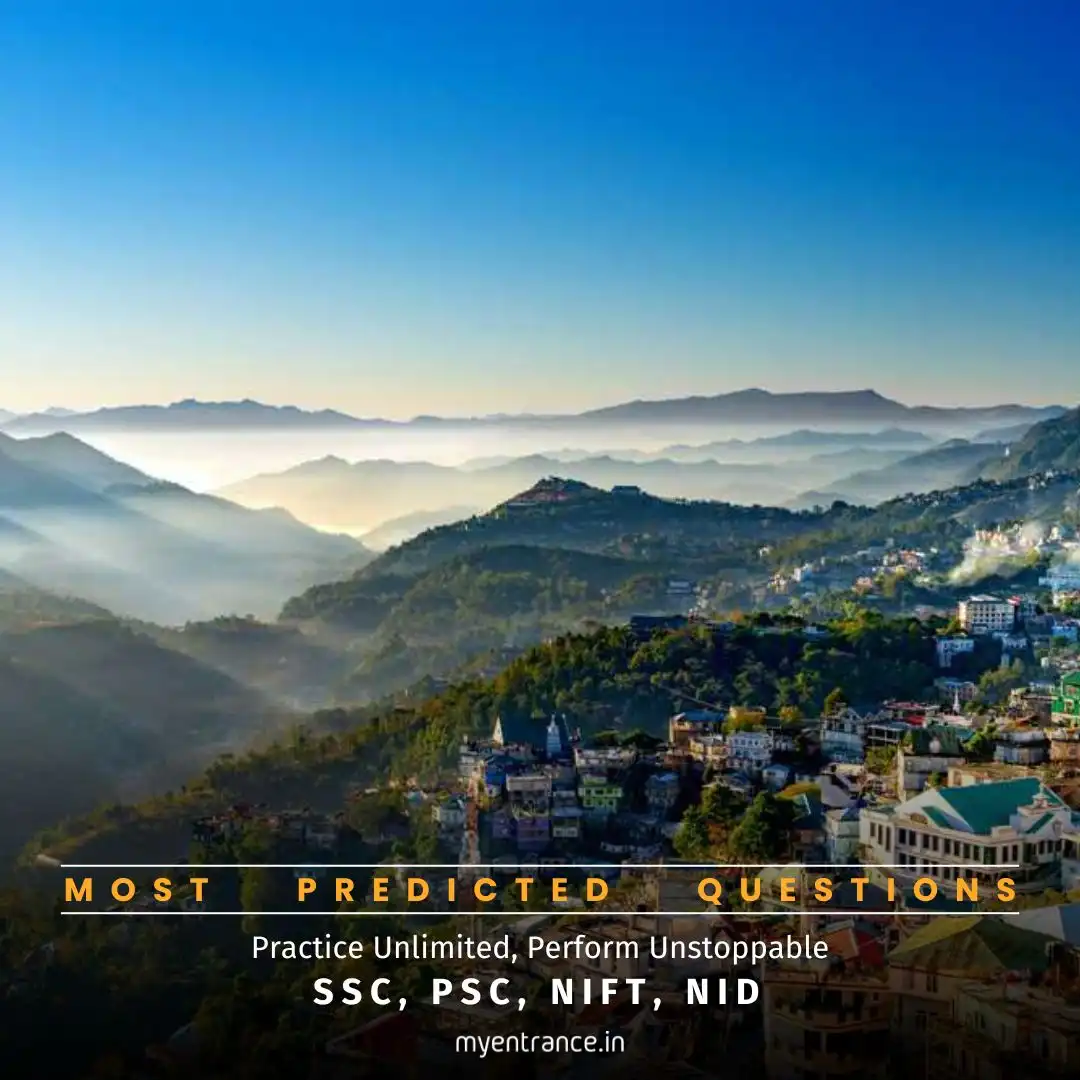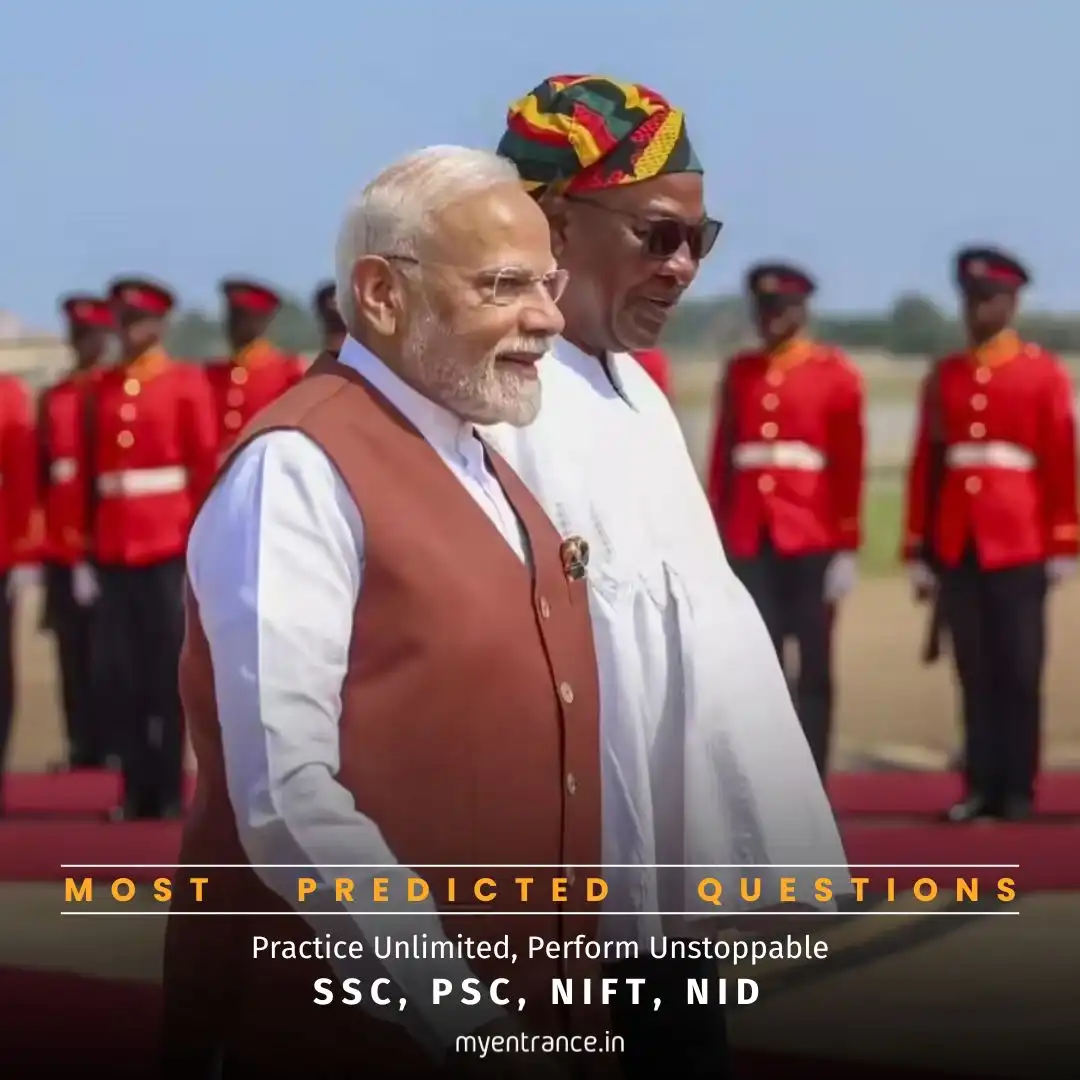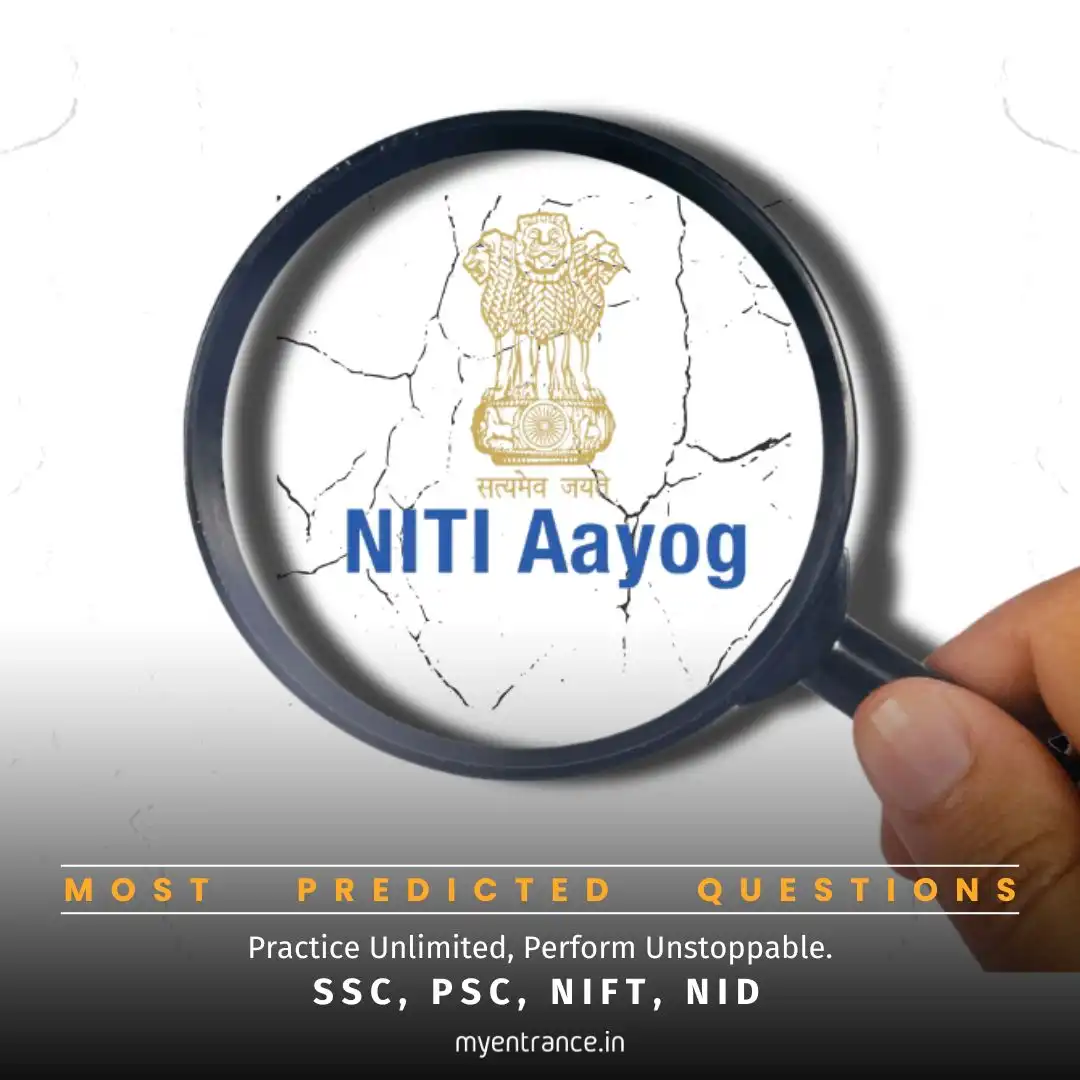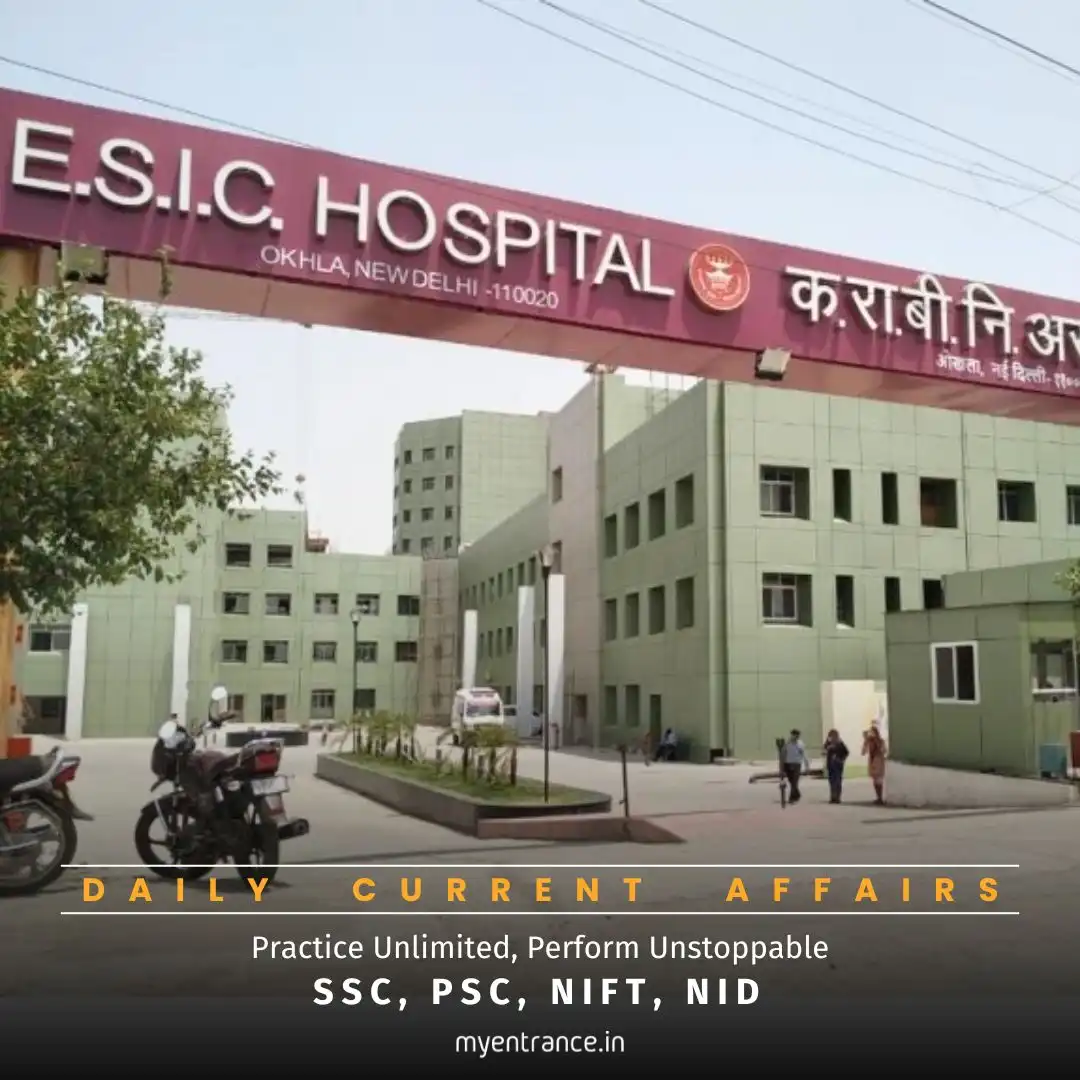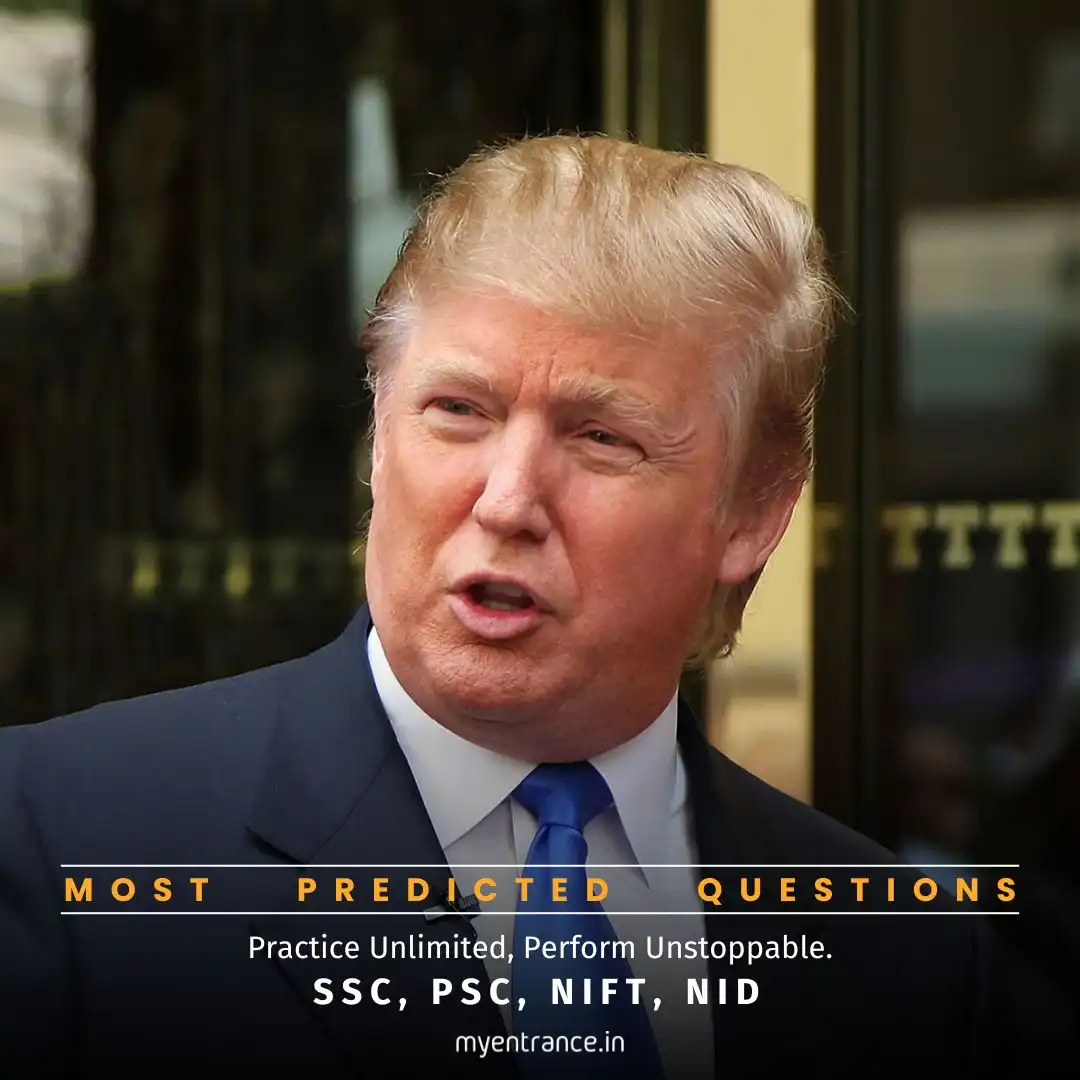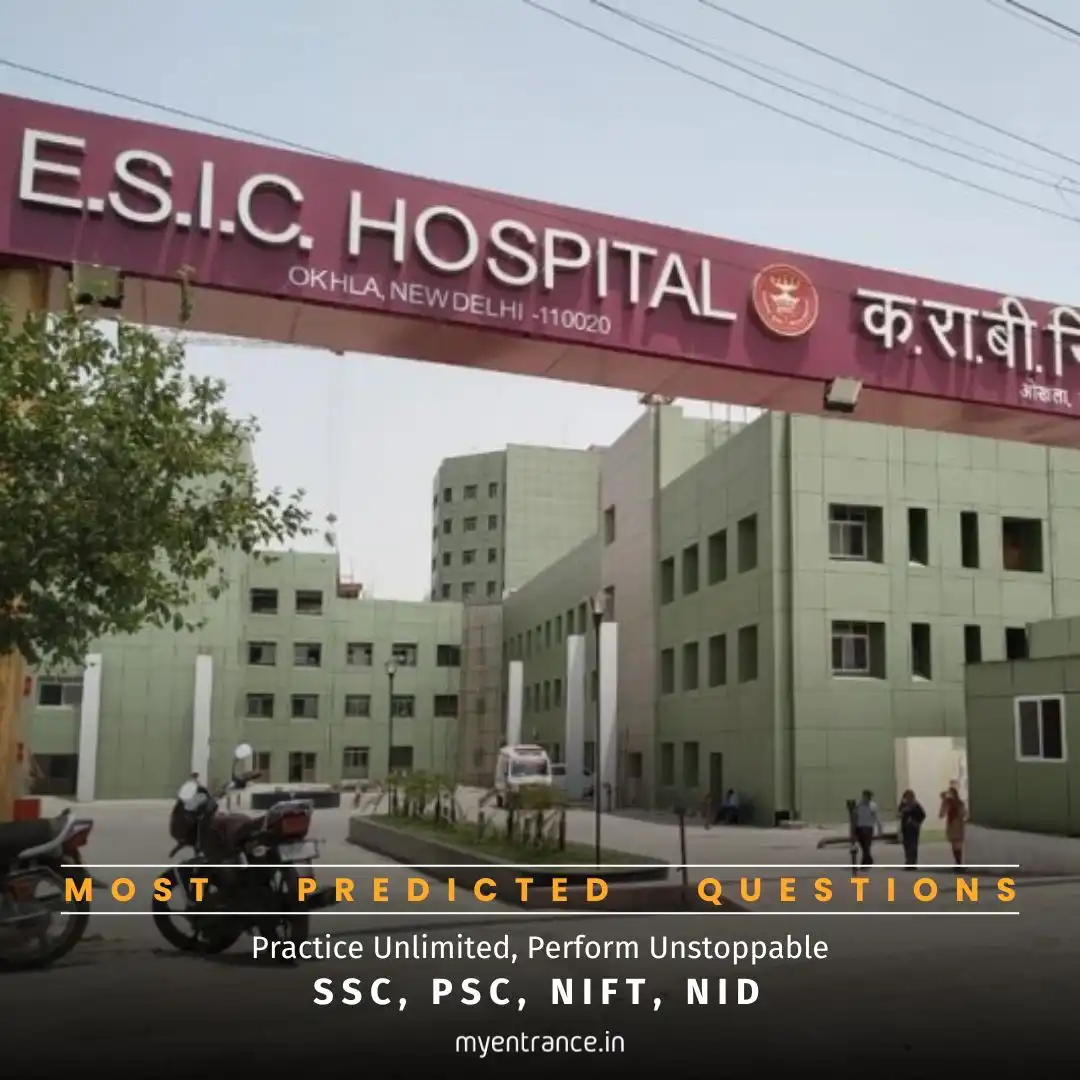Select Language
Why Are India’s Wealthiest 5% Eating Fewer Calories in 2024?
A surprising shift in India’s dietary patterns is making headlines. The calorie gap between the wealthiest and poorest citizens narrowed in 2023-24 – but what’s behind this change?
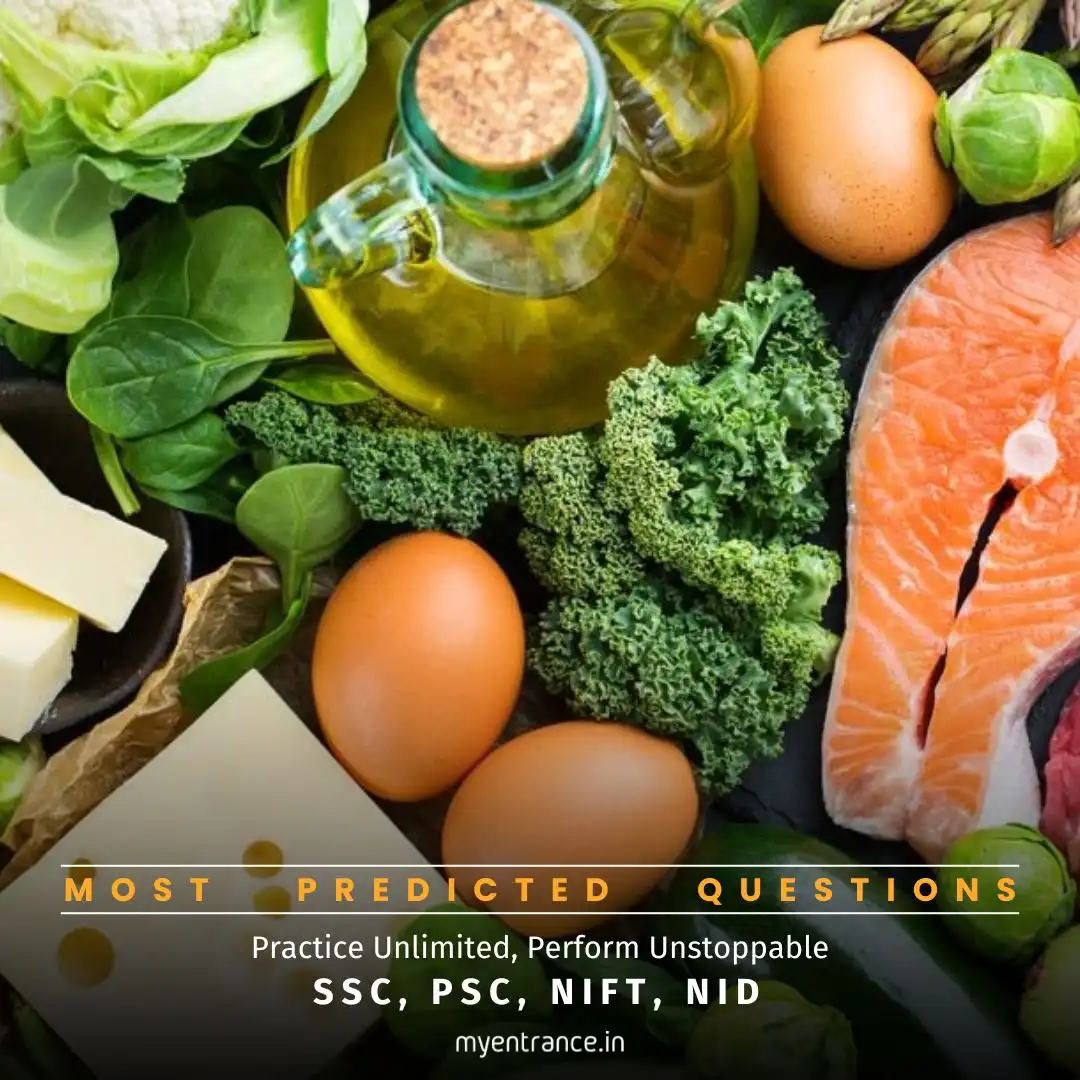
The Calorie Consumption Shift
India’s latest Household Consumption Expenditure Survey (HCES) reveals a dramatic shift: the top 5% of urban consumers cut daily calorie intake by 11.1% (to 3,092 kcal), while the bottom 5% increased theirs to 1,696 kcal. This slashed the urban calorie gap from 114.3% to 82.3% in just a year.
Rural areas mirrored this trend: the richest 5% reduced intake by 5.6% (2,941 kcal), and the poorest rose to 1,688 kcal, narrowing the divide from 93.9% to 74.2%. Nationally, urban calorie consumption dipped slightly to 2,240 kcal/day, while rural areas settled at 2,212 kcal.
Beyond Calories: Fat & Protein Trends
Fat: Urban Indians cut daily fat intake (69.8g vs. 70.5g), while rural areas saw a slight rise (60.4g vs. 59.7g).
Protein: Urban intake held steady (63.4g), but rural areas saw a marginal dip (61.8g). Notably, rural India consumed more protein than urban households in 2011-12 – a trend now reversed.
Poverty Measurement Implications
This data isn’t just about food – it reshapes how India measures poverty. Historically, poverty lines were set using minimum calorie thresholds needed for survival (2,400 kcal rural, 2,100 kcal urban). The narrowing gap suggests changing economic dynamics, though critics argue calorie-based metrics ignore nutrition quality and inflation.
Key Survey Notes
Conducted by: Ministry of Statistics & Programme Implementation (MoSPI).
Why it matters: HCES data drives welfare schemes, subsidy allocations, and poverty alleviation policies.
Why This Matters for Competitive Exams:
This topic is critical for exams like SSC, PSC, UPSC, and design entrances (NID/NIFT) because:
Syllabus Link: Directly covers Economic Development (Prelims) and Inclusive Growth (Mains GS-III).
Policy Relevance: Tests understanding of poverty metrics, government surveys, and socio-economic trends.
Current Affairs: HCES data frequently features in exam questions on poverty, nutrition, and inequality.
Analytical Skills: Encourages analysis of “beyond GDP” welfare indicators (calories, protein intake).
Sample Q&A for Exam Prep:
Q1: What is the primary objective of India’s Household Consumption Expenditure Survey (HCES)?
A1: HCES estimates household spending on goods/services to measure poverty, design welfare schemes, and revise GDP/CPI calculations.
Q2: How did the calorie intake gap between India’s top and bottom 5% change in 2023-24?
A2: The urban gap narrowed from 114.3% (2022-23) to 82.3% (2023-24), while the rural gap fell from 93.9% to 74.2%.
Q3: Why is calorie intake used to define poverty in India?
A3: It reflects the minimum energy needed for survival. The Tendulkar Committee linked poverty lines to calorie requirements (2,400 kcal rural, 2,100 kcal urban).
Q4: Critically examine one limitation of calorie-based poverty estimation.
A4: It ignores nutritional diversity – e.g., 2,000 kcal from rice alone lacks proteins/vitamins essential for health.
Q5: Which government body conducts the HCES?
A5: The Ministry of Statistics and Programme Implementation (MoSPI).
Get 3 Months Free Access for SSC, PSC, NIFT & NID
Boost your exam prep!
Use offer code WELCOME28 to get 3 months free subscription. Start preparing today!
